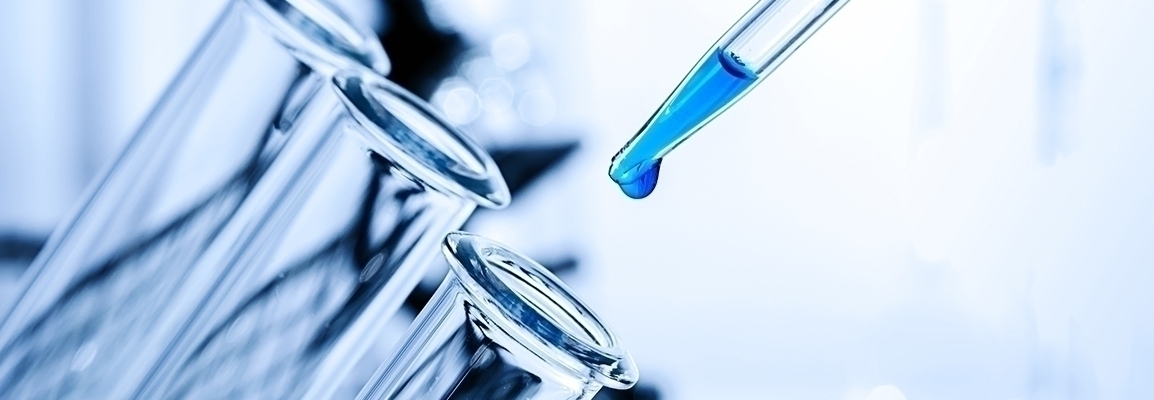

Spectroscopic Techniques to Solve the Identification of Unknown Compound in Body Fluids ( for Research Use Only)
Webinar Overview
During the statistical analysis of spectroscopic data from bodyfluids (NMR and/or LC-MS) signals of compounds of unknown identity often occur. This webinar describes possible techniques to identify such analytes.
July 17, 2019
Part 1
Application of statistical spectroscopy in metabolite identification: A tool for clinical and nutritional studies.
Metabolic profiling of biological samples provides a molecular window on multiple disease and physiological processes and is increasingly used in the characterization of multiple pathologies and therapeutic interventions including nutritional management. A major bottleneck in defining the metabolic consequences of biological processes is the lack of automated annotation and standardised methods for structure elucidation of candidate biomarkers. Current published methods and protocols typically describe the application of single or simple experimental strategy for the identification of unknown metabolites. However, here we draw together multiple methods and describe a robust integrated protocol for identification of molecular species derived from Nuclear Magnetic Resonance (NMR) spectroscopy based metabolic phenotyping studies. Examples of assignments made using this approach will be discussed including N-acetyl-S-(1Z)-propenyl-cysteine-sulfoxide (biomarker of onion intake) and ascorbic acid. This strategy utilises a composite cross-disciplinary pipeline of NMR spectroscopic methods, which can then be integrated with statistical methods and hyphenated analytical platforms to address the challenge of assignment of molecular species. The statistical pipeline outlined in this webinar is efficient, cost-effective and offers increased chemical space coverage of the metabolome resulting in faster and more accurate assignment of NMR generated biomarkers arising from metabolic phenotyping studies.
Part 2
Application of hyphenated techniques to identify or elucidate the structures of unknowns in body fluids
The evaluation of spectroscopic data obtained from body fluids often points to signals of compounds which cannot be identified readily, e.g. by comparison to spectra in libraries or data bases. If the signal belongs to a potential biomarker, it is of fundamental importance to solve the identity of this compound. If NMR and mass spectroscopic data are available for such a study, statistical hetero correlation spectroscopy (SHY) can be employed to correlate molecular mass information to signals in the NMR spectrum of the sample of interest. For this, a large number of samples must be measured. In the case the NMR/MS correlation belongs to the same molecule in the mixture, valuable information can be obtained to identify the marker already. In many cases, however, it is not possible to identify the compound of interest readily. Here, the compound must be chromatographically isolated and the structure elucidated after acquiring the NMR data required. For the isolation step it is important to distinguish between polar and unpolar components:
- Unpolar analytes can be trapped post column on SPE cartridges and directly eluted to the NMR tube.
- Polar analytes can be guided directly into NMR tubes by cutting the HPLC peak.
If no further cleaning is required, NMR data can be obtained directly in order to solve the structure.
In this Select Science webinar, Professor Elaine Holmes, Head of the Division of Computational and Systems Medicine at Imperial College London and Professor of Computational Medicine at Murdoch University in Perth and Dr. Markus Godejohann, senior application scientist at Bruker BioSpin will discuss:
- How to use the combination of statistical and spectroscopic techniques to identify unknowns
- How to isolate unknowns with chromatographic techniques including a brief description of the hardware
- How to elucidate the structure of unknowns from spectroscopic data
Who Should Attend?
This webinar will be of interest to scientists involved in the isolation, identification and structure elucidation of unknowns in body fluids. It is also relevant for academics and scientists working in the field of fast natural product de-replication and structure elucidation of unknowns.
Important note: The methods and solutions discussed during the webinar are for research use only and not for use in clinical diagnostic procedures
Speakers
Professor Elaine Holmes
Professor of Chemical Biology and the Head of the Division of Computational and Systems Medicine at Imperial College London - United Kingdom
Professor Elaine Holmes is a Professor of Chemical Biology and the Head of the Division of Computational and Systems Medicine at Imperial College London with over 20 years of experience in metabolic research.
Dr. Markus Godejohann
Application scientist, AIC hyphenation group - Bruker BioSpin GmbH
Dr. Godejohann has a degree and a PhD in Chemistry from the University of Hannover, Germany. He then joined Bruker in 1998 in the hyphenation group. He is working since then in the field of hyphenation, sample preparation, NMR and LC-MS based metabolomics and structure identification/elucidation.